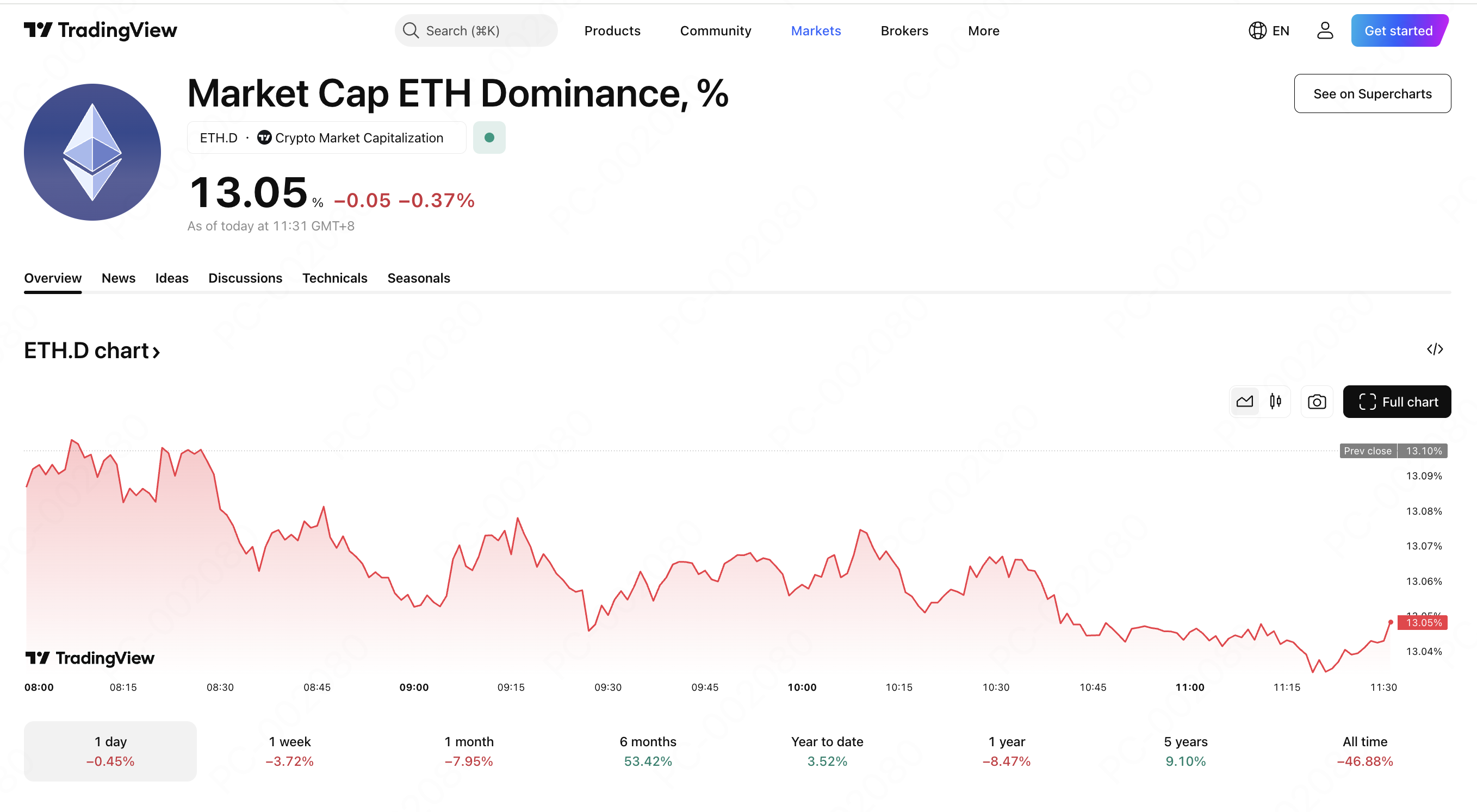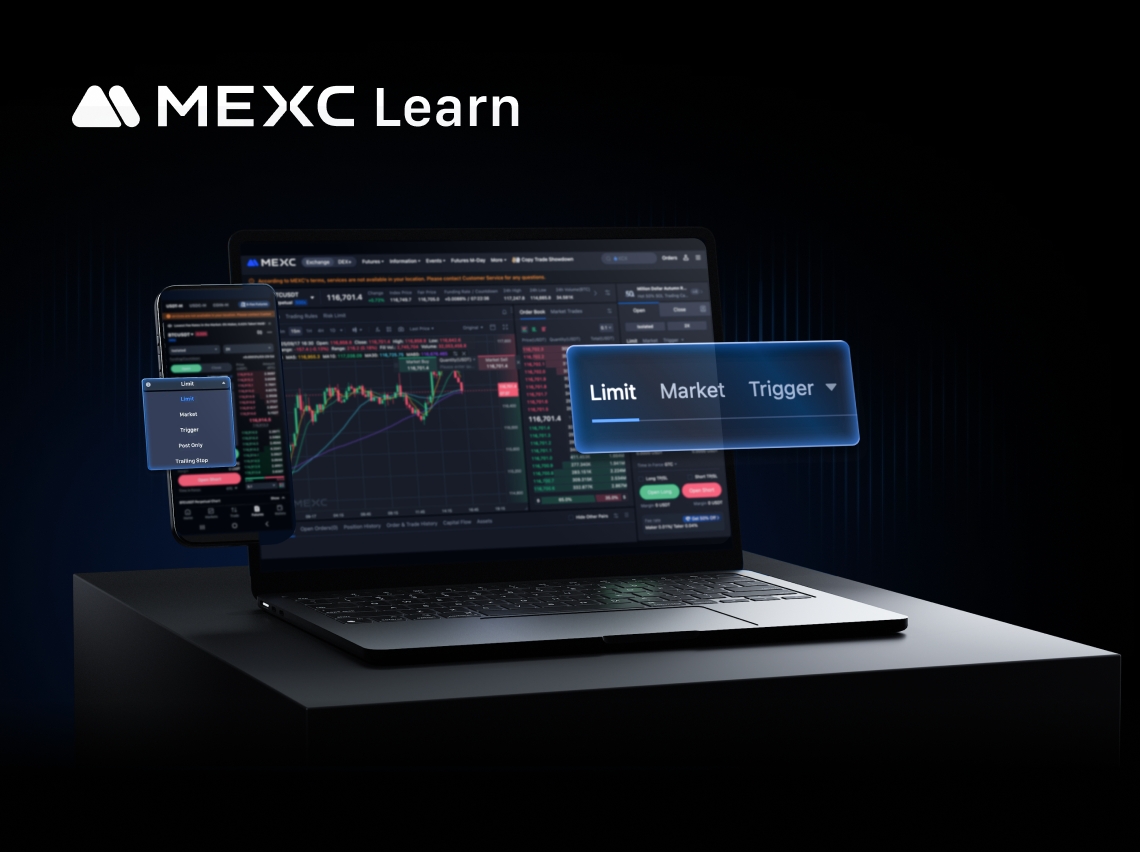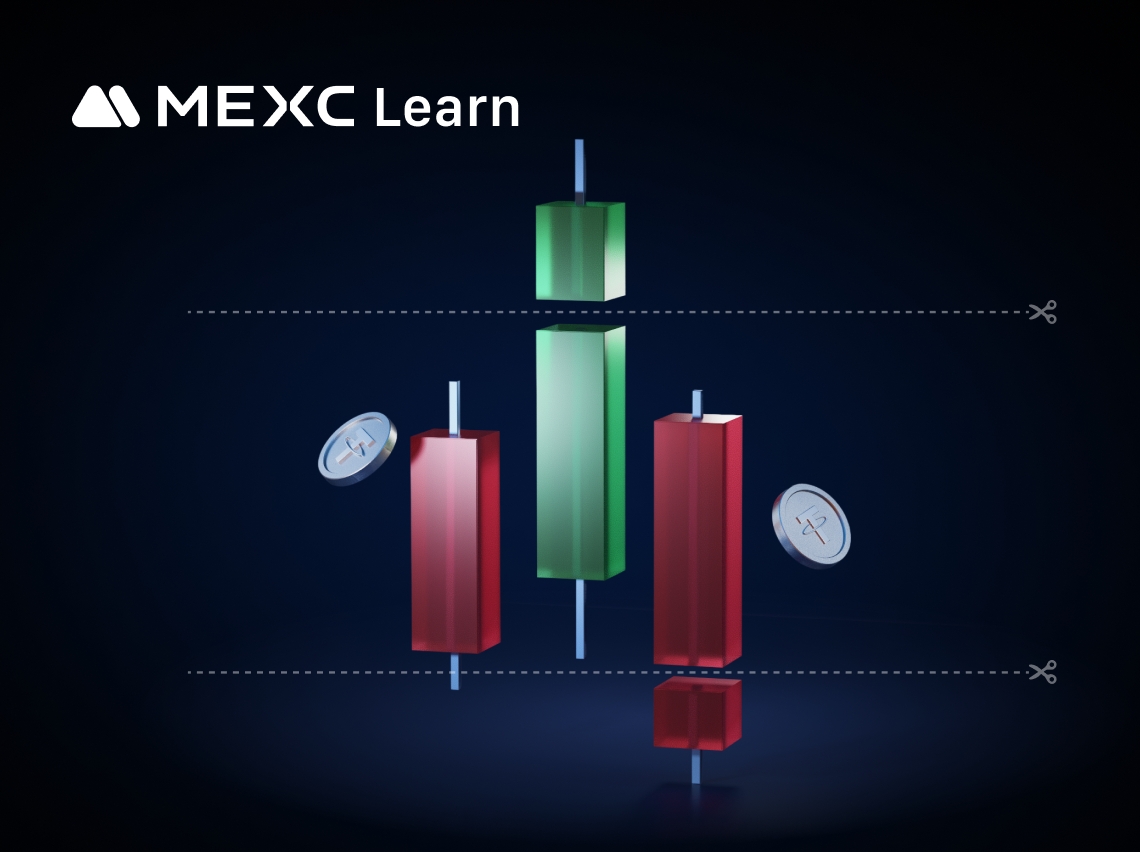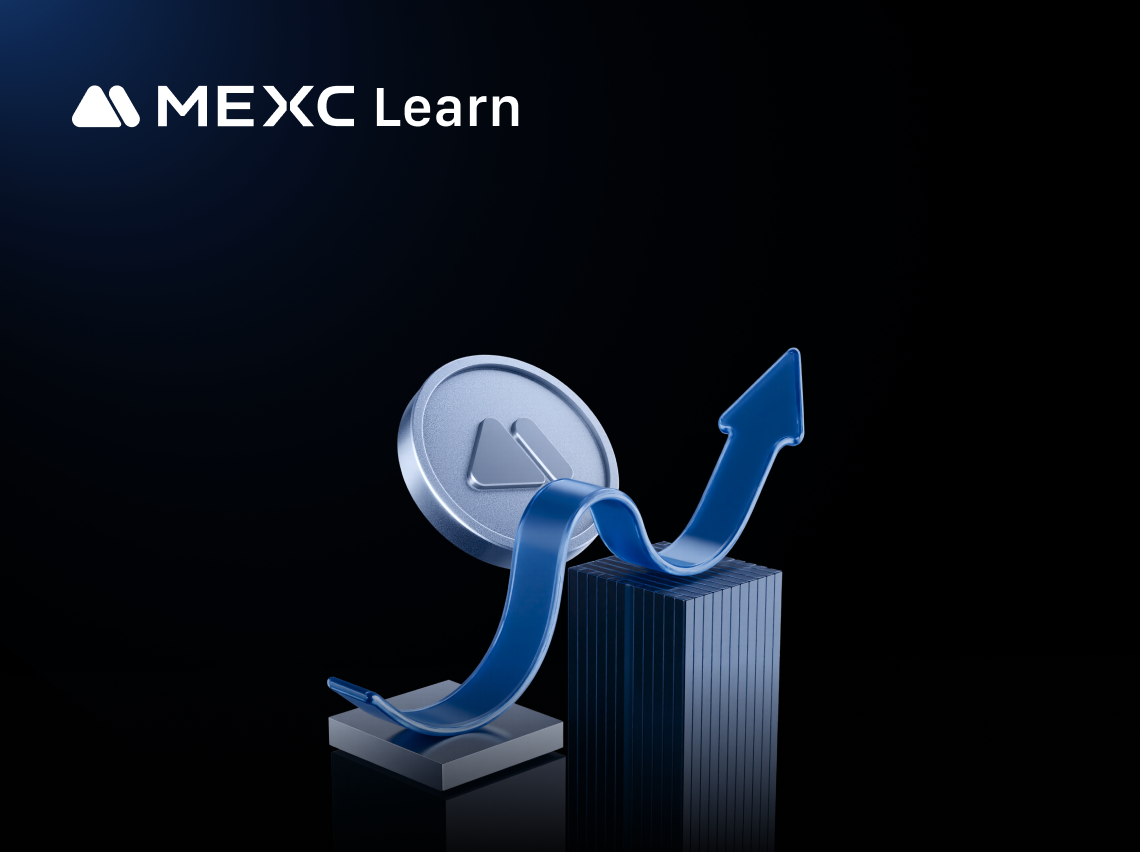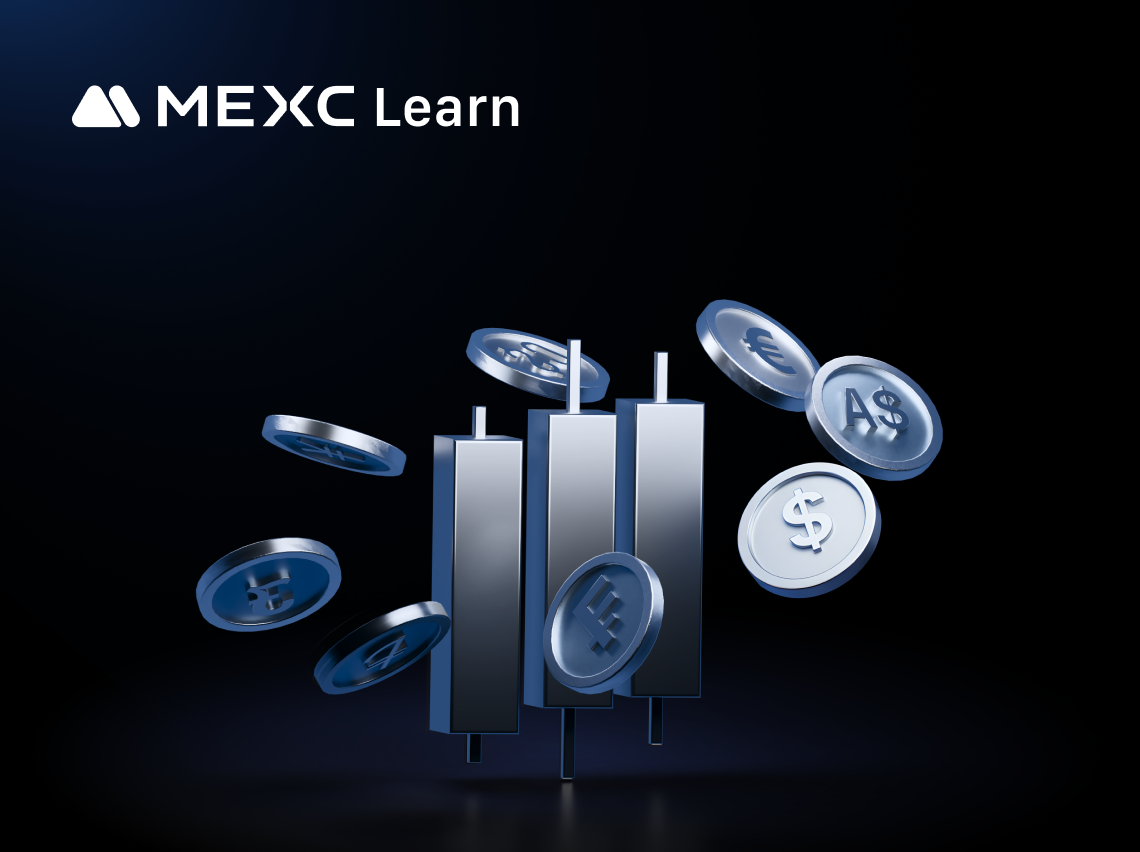The cryptocurrency market moves fast, and understanding key metrics can make the difference between profit and loss. Ethereum dominance stands as one of the most crucial indicators for tracking market sentiment and making smarter investment decisions. In this guide, you'll learn what ETH dominance really means, how to read dominance charts like a professional trader, and how this metric interacts with Bitcoin's market share to signal broader market trends. Whether you're checking the Ethereum dominance current percentage for the first time or looking to refine your trading strategy, this article breaks down everything beginners need to know about this essential metric.
Key Takeaways
ETH dominance measures Ethereum's market share relative to all other cryptocurrencies combined.
As of September 2025, Ethereum dominance sits between 13-15%, recovering from April's historic low of 6.95%.
Bitcoin and Ethereum dominance movements together signal capital rotation patterns and potential altcoin seasons.
Ethereum controls approximately 60-63% of all DeFi total value locked, maintaining its position as the leading smart contract platform.
The May 2025 Pectra upgrade and spot ETF approvals drove institutional confidence and Ethereum's dominance recovery.
Traders use ETH dominance alongside price action to time market entries, manage risk, and identify rotation opportunities into altcoins.
Ethereum dominance measures how much of the total cryptocurrency market belongs to Ethereum. When traders talk about eth dominance, they're referring to Ethereum's market share compared to every other digital asset combined. This metric gives you a snapshot of Ethereum's strength relative to the broader crypto ecosystem.
The calculation behind Ethereum dominance is straightforward. You take Ethereum's market capitalization, divide it by the total cryptocurrency market cap, and multiply by 100. For example, if the total crypto market sits at $2 trillion and Ethereum's market cap reaches $400 billion, the Ethereum dominance percentage would be 20%. This means one-fifth of all money invested in cryptocurrencies is sitting in Ethereum.
Understanding dominance eth tells you where investor confidence sits. A higher dominance percentage suggests investors are concentrating capital on Ethereum rather than spreading it across thousands of altcoins, often signaling that traders view Ethereum as a safer bet during uncertain conditions. When Ethereum market dominance drops, it typically means investors are chasing opportunities in smaller cryptocurrencies, hunting for higher returns despite increased risk.
The Ethereum dominance's current value changes constantly as prices fluctuate and new projects enter the market. You can track these shifts in real-time on platforms like CoinMarketCap or CoinGecko, which update their data every few minutes and show you both current numbers and historical trends. Historical context matters when evaluating ETH market dominance. Back in 2017 and 2018, Ethereum peaked above 30% during the ICO boom before falling as investors diversified, while Ethereum's current dominance percentage has recently stabilized in a range that reflects Ethereum's mature position as the leading smart contract platform.
Before analyzing trends, you need accurate data sources. The ETH dominance chart appears on TradingView, CoinMarketCap, and CoinGecko. TradingView offers the Ethereum dominance chart under ticker symbol ETH.D with advanced charting tools for professional traders, while CoinMarketCap and CoinGecko present simpler interfaces perfect for beginners wanting quick snapshots of the Ethereum dominance current. Each platform updates its Ethereum dominance chart with current data frequently, with TradingView refreshing every few seconds and CoinMarketCap updating every few minutes.
When you open an ETH dominance chart tradingview display, you'll see a line graph showing how Ethereum's market share changed over time. Rising lines indicate Ethereum is capturing a larger slice of the total crypto market, while falling lines show money flowing into other cryptocurrencies. The Ethereum dominance chart for May 2025 data revealed dramatic patterns, bouncing from an all-time low of 6.95% in April back above 11% by summer.
Key support and resistance levels help traders identify turning points. The 7% level has historically served as strong support for Ethereum dominance percentage, with multiple bounces near this threshold throughout 2024 and early 2025, while resistance around 20% has capped rallies. These levels act like floors and ceilings where dominance tends to reverse direction.
The Ethereum dominance today's reading gives you an instant snapshot, but smart analysis requires comparing current levels against historical trends. Short-term fluctuations in the ETH dominance current percentage often result from temporary news events and reverse quickly, while long-term trends in Ethereum dominance current percentage reflect fundamental changes in how investors view Ethereum's value proposition. The steady climb from 6.95% in April 2025 to over 11% by July represented more than just a technical bounce—it. It confirmed growing institutional adoption through ETFs and renewed developer activity around Ethereum's scaling solutions.
The relationship between BTC and ETH dominance creates one of crypto's most important patterns. Bitcoin dominance and Ethereum dominance constantly influence each other through capital flows and investor sentiment. When you examine Bitcoin and Ethereum dominance together, you discover that money often rotates between these two major cryptocurrencies based on market conditions and risk appetite.
Understanding ETH and BTC dominance patterns requires recognizing that total dominance from all cryptocurrencies equals 100%. When Bitcoin dominance rises significantly, it often means investors are fleeing altcoins and even Ethereum for perceived safety. The ETH and BTC dominance charts reveal these rotation patterns clearly, showing when capital moves from one major asset to the other.
Different combinations of BTC and ETH dominance ratio current movements tell distinct stories. When Bitcoin dominance rises while its price increases, this typically marks a Bitcoin bull market where smaller cryptocurrencies struggle. Bitcoin dominance, Ethereum dominance, and current data from early 2024 showed exactly this pattern when Bitcoin ETF approvals drove massive inflows.
A different scenario emerges when Bitcoin's price rises, but the Bitcoin Ethereum dominance chart shows falling BTC dominance alongside rising ETH dominance. This combination usually signals altcoin season, with Ethereum leading the charge. Between April and July 2025, Bitcoin dominance fell from around 56% to 52% while Ethereum dominance at April 2025 levels bounced from their lows, creating this favorable setup for altcoins.
The BTC to ETH dominance flow often acts as a leading indicator for broader altcoin performance. When capital rotates from Bitcoin to Ethereum, it usually precedes similar flows into other Layer-1 platforms and DeFi tokens. Smart traders watch this rotation carefully, using the BTC/ETH dominance relationship as an early warning system for changing market phases.
Current conditions suggest a transitional phase. The Ethereum dominance percentage's May 2025 recovery from historic lows indicates growing confidence in ETH's fundamentals, particularly following the Pectra upgrade and institutional ETF adoption. However, Bitcoin continues holding strong dominance above 50%, suggesting the market hasn't fully shifted into aggressive risk-taking mode yet.
The Ethereum dominance's current value, sitting between 13-15% in late 2025, represents a significant recovery from the April low of 6.95%. This rebound tells several important stories about market conditions and investor sentiment. The Ethereum dominance ETH.D current value reflects renewed confidence in Ethereum's position as the leading smart contract platform, particularly as the Pectra upgrade improved scalability and efficiency. Several factors explain the shift in Ethereum market dominance in 2025 compared to earlier in the year. Institutional adoption accelerated dramatically when spot Ethereum ETFs began trading, with major financial firms like BlackRock, Fidelity, and Grayscale offering products that give traditional investors easy access to ETH exposure. The Ethereum market dominance April 2025 levels marked the bottom before this institutional wave really hit, while the Ethereum market dominance May 2025 data captured the early stages of recovery. The Ethereum market dominance percentage 2025 trend also reflects Ethereum's continued dominance in key crypto sectors. DeFi protocols built on Ethereum still control the majority of total value locked across all blockchains, while the NFT market remains heavily Ethereum-centric despite competition from other chains. The Ethereum Defi TVL dominance 2024 carried forward into 2025, with Ethereum maintaining approximately 60-63% of all DeFi value locked even as Layer-2 solutions and competing chains gained ground. Recent developments suggest the Ethereum dominance May 29 2025 snapshot, represents a stabilization point rather than a peak. The successful Pectra upgrade removed technical bottlenecks that previously limited Ethereum's performance, while Layer-2 solutions like Arbitrum and Optimism continue scaling transaction capacity without fragmenting the ecosystem. This combination of base layer improvements and Layer-2 growth strengthens Ethereum's fundamental position.
Professional traders incorporate the Ethereum dominance percentage into their decision-making process as a timing and allocation tool. When ETH dominance current reading rises while Ethereum's price also increases, experienced investors often interpret this as a strong bullish signal for ETH specifically. This combination suggests capital is flowing into Ethereum not just from fiat currency but also from other cryptocurrencies, indicating broad market confidence in ETH's outlook.
Portfolio allocation strategies shift based on dominance trends. Conservative traders might increase their Ethereum allocation when dominance starts climbing from historically low levels, viewing it as a valuable opportunity where the market has oversold ETH relative to smaller competitors. The bounce from 6.95% in April 2025 represented exactly this type of setup, with Ethereum dominance's current percent levels suggesting Ethereum had been unfairly punished relative to its fundamentals.
Risk management becomes easier when you monitor dominance alongside price action. If Ethereum's price drops but its dominance rises, this tells you that other cryptocurrencies are performing even worse. This relative strength can justify holding ETH positions even during market downturns. Conversely, when ETH's price rises but dominance falls, it signals that smaller altcoins are outperforming, potentially warranting tactical shifts into those sectors.
Timing altcoin investments becomes more precise using Ethereum dominance as a filter. When ETH dominance begins falling after a sustained rise, it often marks the optimal moment to rotate capital into smaller cryptocurrencies. These rotation points don't appear randomly, but instead follow predictable patterns where Ethereum leads the market higher first, then investors branch out seeking larger gains from higher-risk assets.
Confusing dominance with price: Just because the Ethereum dominance percentage rises doesn't mean ETH's price is increasing. Dominance can rise even when Ethereum's price falls, as long as other cryptocurrencies fall faster.
Overreacting to daily fluctuations: ETH dominance today's reading might swing by one or two percentage points based on temporary news, but these brief changes rarely indicate meaningful trend shifts.
Ignoring market context: A rising Ethereum dominance percentage during a bear market means something completely different than the same rise during a bull market.
Using dominance as a standalone indicator: Smart traders cross-reference dominance data with trading volume, funding rates, and on-chain activity rather than relying on any single metric.
Trading based on short-term noise: Beginners often trade based on daily dominance changes when they should focus on weekly or monthly trends for reliable signals.
1. What is the current Ethereum dominance percentage?
As of late September 2025, Ethereum dominance sits between 13-15%, recovering from the April 2025 low of 6.95%.
2. How often should I check the ETHdominance chart?
Long-term investors benefit from weekly checks, while active traders should monitor daily or during major market events.
3. Is high ETH dominance good or bad?
High dominance isn't inherently good or bad; it depends on market context and whether you hold ETH or altcoins.
4. Where can I track Ethereum dominance today?
TradingView, CoinMarketCap, and CoinGecko all provide real-time Ethereum dominance charts and data.
5. What's the difference between BTC and ETH dominance?
BTC measures Bitcoin's market share while ETH measures Ethereum's; together, they indicate capital rotation patterns.
6. What does ETH.D's current value mean?
ETH.D is simply the ticker symbol for Ethereum dominance on platforms like TradingView.
7. Why did Ethereum dominance's current percentage drop in early 2025?
Competition from Layer-1 alternatives and profit-taking following previous rallies pushed dominance to historic lows.
8. Can Ethereum market dominance percentage predict altcoin seasons?
Falling ETH dominance during price rises often signals early altcoin season conditions.
Understanding Ethereum dominance provides a powerful lens for interpreting crypto market conditions. The ETH dominance chart reveals capital flows, risk appetite, and market phase transitions that affect your entire portfolio. From the historic low of 6.95% in April 2025 to a recovery above 13%, recent movements indicate renewed institutional confidence and underlying fundamental strength.
The relationship between BTC and ETH dominance can generate actionable trading signals when patterns are interpreted correctly. Savvy traders combine dominance analysis with other metrics rather than relying on a single indicator. Monitor Ethereum dominance regularly on platforms like TradingView, CoinMarketCap, or CoinGecko, but always consider price action and broader market conditions alongside dominance trends.
Whether you track Ethereum dominance weekly or check it before major trades, this metric deserves a permanent place in your analysis toolkit.
